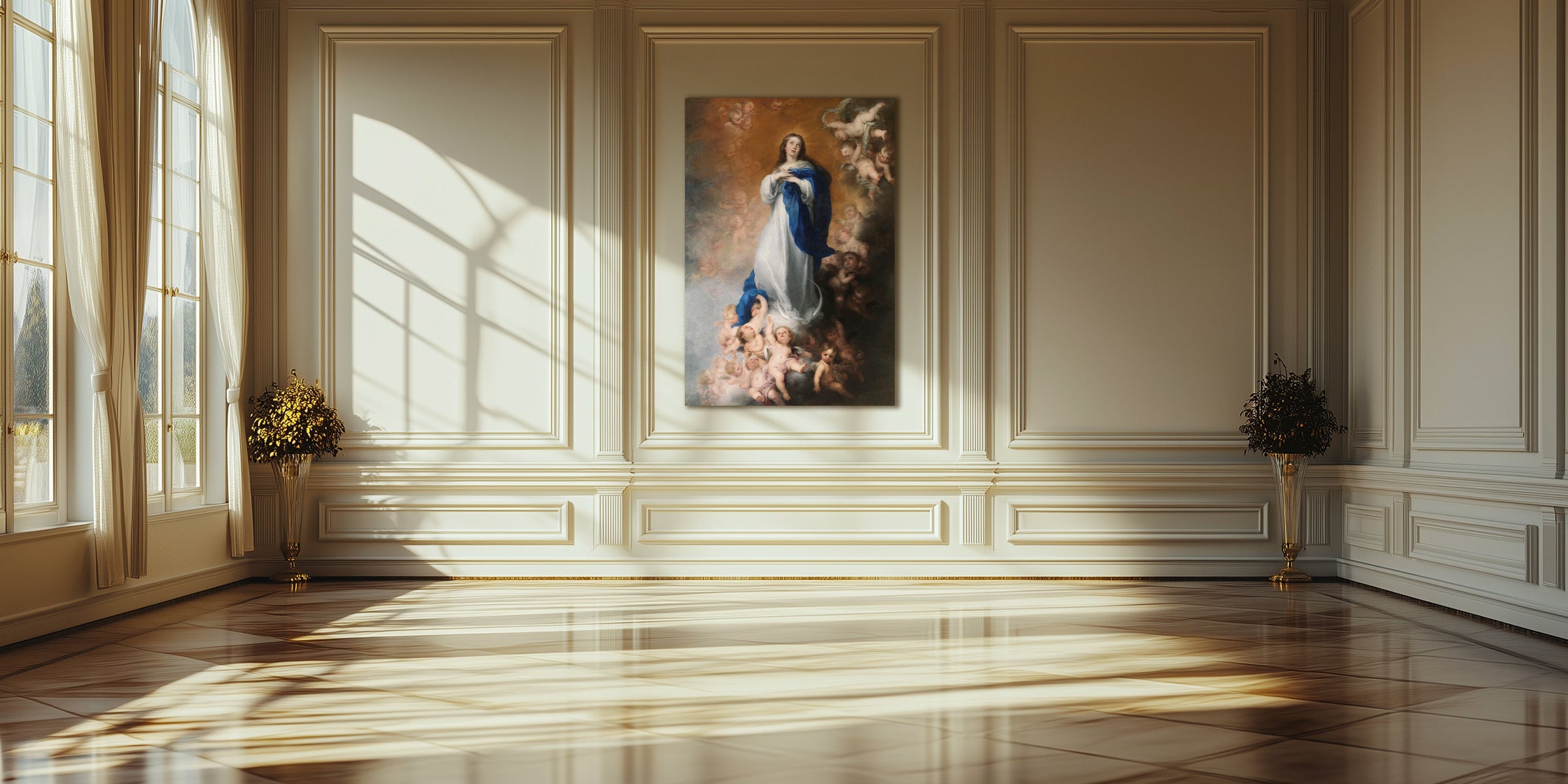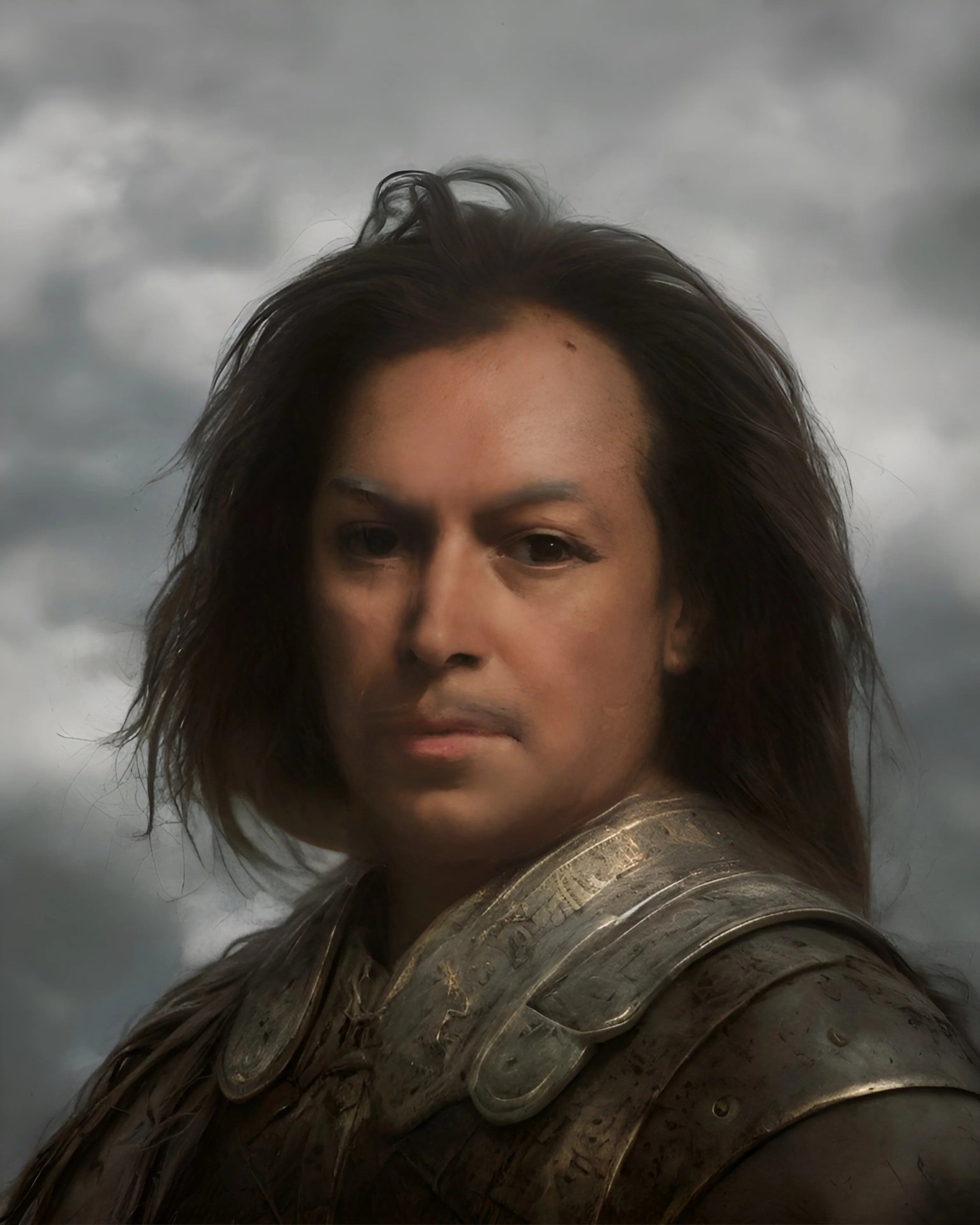
Murillo

Bartolomé Esteban Murillo was a 17th-century Spanish painter, primarily known for his religious works and genre scenes. He was born in Seville in 1617 and became a central figure of the Spanish Baroque, an artistic movement that deeply influenced him with its emphasis on realism and drama. His early works show the influence of Zurbarán and Velázquez, two painters closest to him in style and technique. Throughout his career, Murillo developed his own style characterized by a softness in the color palette and an ability to capture tenderness and humanity in his religious subjects.
Murillo is known for his treatment of the Immaculate Conception, a recurring theme in his work, where he employed celestial light and delicate colors to represent the purity of the Virgin. This approach influenced later artistic movements, such as the Rococo, which adopted his use of color and light to create ethereal environments. Furthermore, his depictions of beggar children and everyday life scenes in Seville had a lasting impact on the development of social realism in European painting.
Murillo also left a significant mark on the Academy of Fine Arts in Seville, contributing to the training of future artists. His influence extended to painters like Jean-Baptiste Greuze and Thomas Gainsborough, who admired his ability to combine realism and grace. Through his work, Murillo achieved a balance between the spiritual and the earthly, becoming a bridge between the Baroque and later artistic currents.
